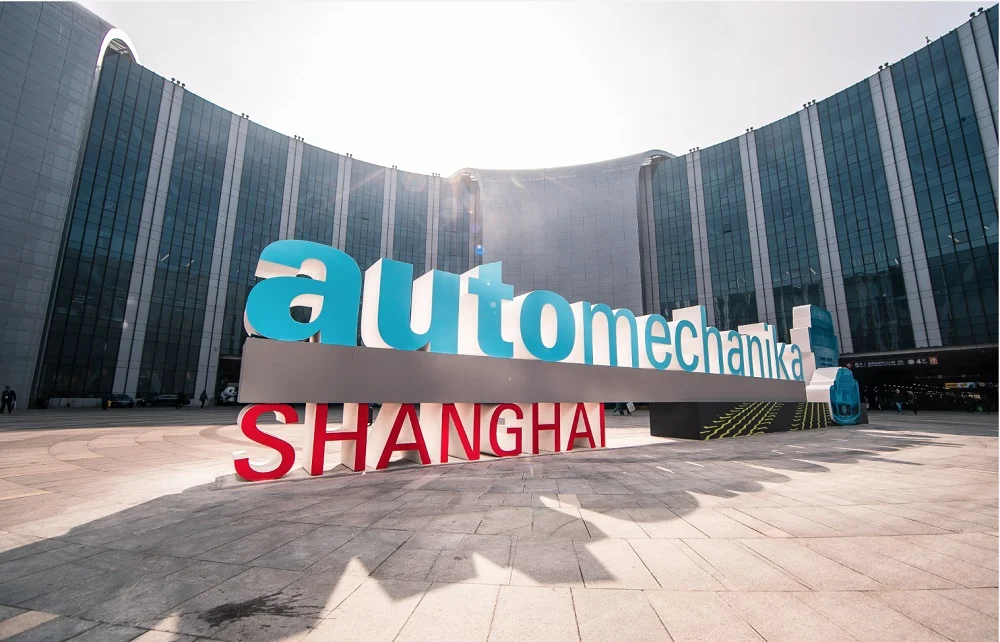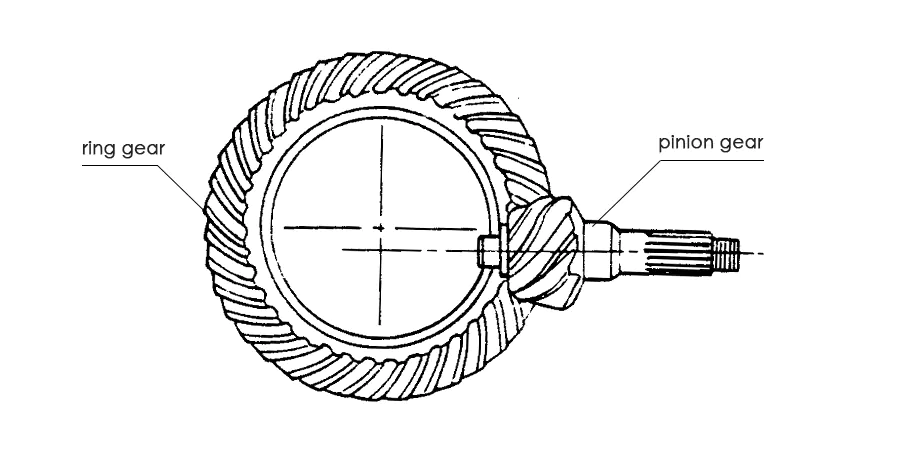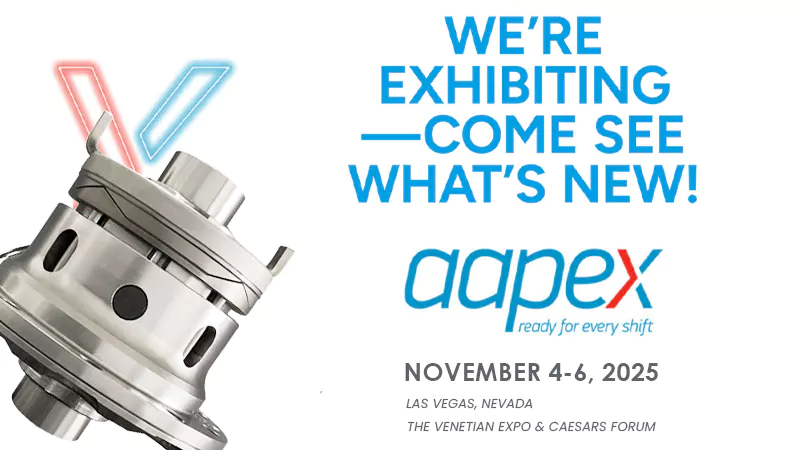When it comes to vehicle performance and drivetrain reliability, the crown wheel and pinion set plays a critical role. As the key components responsible for transferring torque from the driveshaft to the wheels through the differential, these gears must endure extreme mechanical loads and operate with high precision.
For many buyers, aftermarket crown wheel and pinion sets offer a cost-effective alternative to OEM parts. However, not all aftermarket options are created equal. Some sets deliver excellent durability and fitment, while others fall short due to poor materials, loose tolerances, or subpar heat treatment. So, how can you tell the difference?
This article will guide you through the essential factors to evaluate when choosing a high-quality aftermarket crown wheel and pinion gear set—whether you’re a distributor, repair specialist, or performance enthusiast.

1. Understand the Function of Crown Wheel and Pinion Gears
Before diving into evaluation criteria, it’s helpful to review what these gears actually do.
The pinion gear, driven by the driveshaft, meshes with the crown wheel, which is attached to the differential case. This setup reduces rotational speed while increasing torque, ensuring your vehicle’s wheels receive the right amount of power. In 4×4, off-road, or racing applications, crown wheel and pinion gears endure high levels of stress—making quality essential for safety and performance.
2. Material Matters: Understanding the Steel Behind the Gear
The quality of the steel used in manufacturing has a direct impact on the lifespan and load capacity of crown wheel and pinion sets. Here’s a breakdown of commonly used materials, from budget-grade to premium:
Entry-Level: Basic Carbon Steels (Q235, Q255, or equivalents like AISI 1045)
These steels are generally used for structural components and lack the hardness and toughness needed for high-load gear applications. While affordable, they are prone to wear, distortion, and fatigue failure over time. Products made from these materials may suffice for light-duty or temporary use, but they’re not recommended for long-term reliability.
Mid-Level: 20CrMnTi (20 Chromium Manganese Titanium)
This alloy is widely used in the Chinese automotive parts industry and offers a significant improvement over low-carbon steels. After proper carburizing and heat treatment, 20CrMnTi achieves a hard outer layer with a tough core, making it suitable for moderate-duty use in commercial vehicles and budget-conscious builds.
High-Level: 8620 Alloy Steel
Used by many high-quality manufacturers, 8620 is a nickel-chromium-molybdenum alloy that offers excellent wear resistance and core strength after carburizing. It strikes a great balance between durability and cost, making it ideal for most aftermarket applications—especially in off-road, utility, and 4×4 markets.
Premium Grade: 9310 Alloy Steel
9310 offers even better fatigue resistance, shock absorption, and wear properties due to its higher nickel content. It is used in performance applications such as racing, aerospace, or heavy-duty vehicles where failure is not an option. While it comes at a higher cost, its lifespan and resilience justify the investment.
Pro tip: Always request information about material composition and heat treatment. Reputable manufacturers will provide this without hesitation.
3. Heat Treatment: More Than Just Hardness
Even with quality steel, performance hinges on proper heat treatment.
Crown wheel and pinion gears are usually carburized and quenched, a process that creates a hard, wear-resistant surface while preserving a ductile core. Improper or inconsistent heat treatment can result in brittle surfaces or internal cracks, drastically reducing the gear’s working life.
Ask if the manufacturer conducts hardness testing and whether hardness values (typically HRC 58–62 for the surface) are consistent across batches. Uneven hardness can cause premature failure under torque stress.
4. Precision in Tooth Geometry and Surface Finish
To function efficiently and quietly, the tooth profile must be machined with tight tolerances and high precision. Look for gears manufactured using CNC machining, gear hobbing, or gear grinding, as these methods produce consistent tooth geometry and reduce the risk of noise or backlash during operation.
Additionally, surface finish is critical. A rough or pitted surface accelerates wear and raises friction, while a well-polished tooth face ensures smooth engagement and better oil film retention.
Signs of high-quality machining include:
- Uniform tooth shape
- Clean edges with no burrs
- Smooth, polished surfaces
- Consistent contact patterns
5. Fitment Accuracy and Compatibility
A good aftermarket crown wheel and pinion should fit like an OEM part—or better.
Check whether the gear set:
- Matches OEM specifications (e.g., spline count, bolt pattern)
- Offers clear labeling for gear ratio and application
- Requires minimal modification or shimming for proper engagement
Precision-fit products minimize the risk of gear whine, vibration, or premature wear. Some reputable manufacturers even provide application-specific instructions or shimming kits to help ensure proper installation.
6. Quality Control and Testing Standards
High-end gear manufacturers typically adhere to international standards such as ISO/TS 16949 or ISO 9001. These certifications indicate structured quality management processes, consistent production, and regular inspections.
Look for evidence of:
- Hardness testing (surface and core)
- Runout inspection (to measure roundness and balance)
- Tooth contact testing (to verify meshing precision)
- Non-destructive testing like magnetic particle inspection for cracks
If you’re sourcing in bulk, request batch test reports or third-party verification.
7. Visual Inspection: What You Can See Tells a Lot
While technical data matters, don’t underestimate what a visual check can reveal. Signs of a well-made product include:
- Uniform color and coating (often anti-rust or phosphate-treated)
- Clear and durable laser-etched markings (for model, ratio, batch code)
- No visible cracks, pitting, or deformation
- Precise gear tooth finish without sharp burrs or burn marks
If possible, compare the product to a known OEM part or a high-quality aftermarket equivalent.
8. Packaging, Branding, and Documentation
Packaging isn’t just for looks—it’s part of the product’s protection and trustworthiness.
A professional aftermarket gear supplier typically provides:
- Anti-corrosion packaging (e.g., rust-proof paper, desiccant packs)
- Foam inserts or molded trays to prevent shipping damage
- Printed manuals or torque specs for installation
- Clear labeling with gear ratio, vehicle compatibility, and contact info
Well-organized packaging reflects attention to detail and brand credibility.
9. Supplier Reputation and After-Sales Support
Even a great product needs a reliable partner behind it. When evaluating suppliers, consider the following:
- Years of experience in gear manufacturing
- Customer reviews and testimonials
- Availability of technical support
- Warranty terms and responsiveness
- Willingness to provide samples or customizations
A supplier’s ability to consistently deliver quality and provide support throughout the purchase and installation process is just as important as the gear itself. For example, XJX Parts is a trusted manufacturer with years of experience specializing in crown wheel and pinion gears for a wide range of vehicle applications, including Toyota, Isuzu, Mitsubishi, and more. Known for its strict quality control standards, responsive communication, and support for custom orders, XJX Parts has become a reliable choice for many distributors and repair specialists across the globe.
If you’re a business sourcing in volume, stable communication and long-term cooperation are essential—not only to ensure smooth procurement, but also to minimize risk and build a dependable supply chain.
10. Price vs. Performance: Finding the Right Balance
Choosing a crown wheel and pinion set shouldn’t be a race to the bottom in pricing. A low upfront cost might lead to higher expenses down the road due to downtime, labor costs, or early replacement.
Evaluate your application:
- For daily use or commercial transport, mid-grade materials like 20CrMnTi or 8620 may offer the best cost-to-performance ratio.
- For off-road or high-torque environments, 8620 or 9310 provides better long-term value.
- For racing or performance tuning, cutting corners on gear quality is rarely worth the risk.
Look at the total ownership cost, not just the sticker price.
Conclusion
Evaluating aftermarket crown wheel and pinion gears requires more than a quick glance at price or catalog photos. By understanding the role of materials, manufacturing processes, testing standards, and supplier reliability, you can make smarter decisions that protect your vehicle—and your investment.
Whether you’re upgrading for performance, replacing worn-out parts, or stocking your business inventory, choosing the right gear set starts with asking the right questions and knowing what to look for.
If you’re looking for a dependable partner with proven expertise in crown wheel and pinion production, XJX Parts offers a wide selection of gear sets built to meet the demands of modern vehicles. Backed by professional technical support, customizable solutions, and a commitment to consistent quality, XJX Parts is ready to support your drivetrain needs—whether for off-road applications, utility fleets, or performance upgrades.



